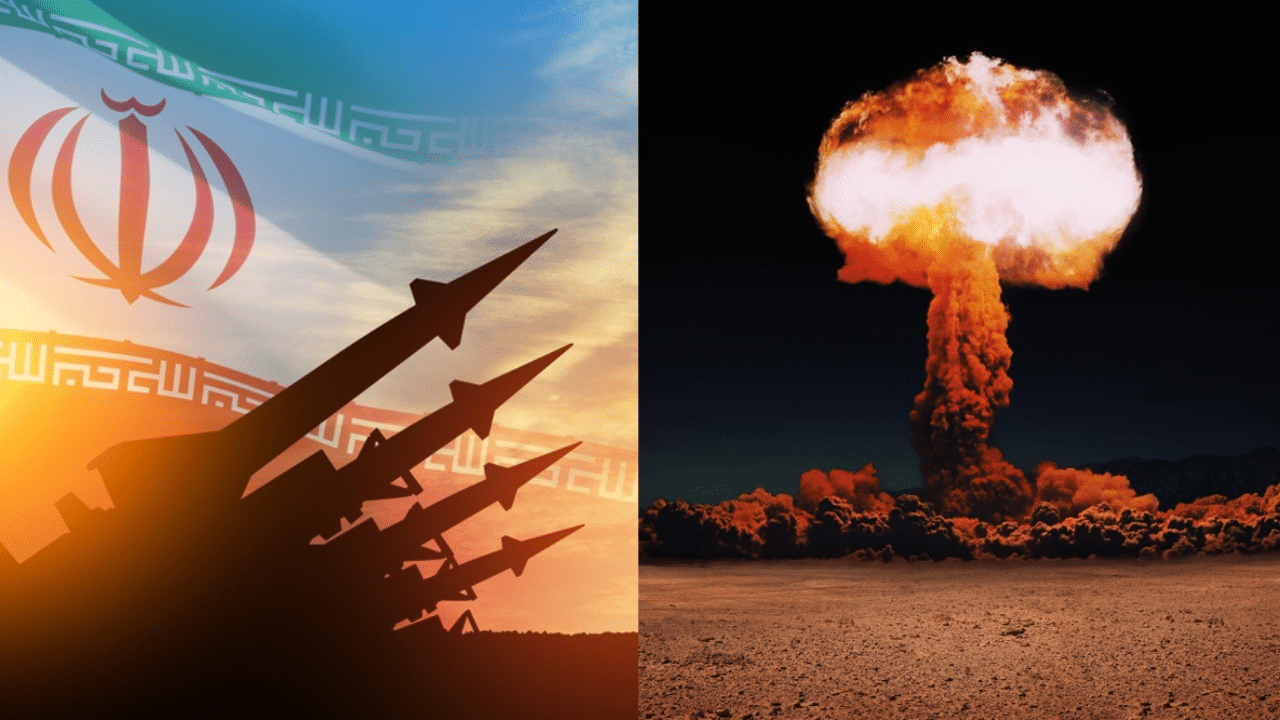(OPINION) MS – Scientists have begun using the term “megadrought” to describe the multi-year drought that has been plaguing the western half of the country, and now we are being told that it looks like 2021 will be the worst year of this “megadrought” so far by a wide margin.
That is extremely troubling news because major water reservoirs have already dropped to dangerously low levels, some farmers have been told that they will not be allowed to use any water at all this year, and the dust storms in the western U.S. are becoming so large that they can actually be seen from space.
This is a major national crisis, and it is only going to get worse. As you can see from the latest U.S. Drought Monitor map, nearly the entire western half of the nation is experiencing some level of drought at this moment. But even more alarming is the fact that much of that territory is currently in one of the three most serious levels of drought…
A year ago, about 4% of the West was in a severe drought. Now, about 58% of the West is classified as being in a severe, extreme or exceptional drought. As conditions just get drier and drier, many farmers have become deeply concerned about what that will mean for growing season in 2021.
New Mexico is right in the heart of “the second Dust Bowl”, and chile farmer Glen Duggins is bracing for a very difficult year… The Rio Grande is expected to be in extreme drought this year, creating tough conditions for local farmers and putting New Mexico‘s beloved chile in danger.
“It’s gonna be a tough year because we are out of water,” said Glen Duggins, a chile farmer out in Socorro County. When he says that they are “out of water”, he is not exaggerating. It is only early April, and the largest reservoir in the entire state “stands at less than 11% capacity”…
Along the Rio Grande, New Mexico’s largest reservoir stands at less than 11% capacity, meaning the irrigation season for farmers in the southern part of the state will likely start late and include only small allotments. Farther north, managers with the Middle Rio Grande Conservancy District are in a position not seen in decades.
There’s no extra water in the reservoirs, and interstate water-sharing agreements are restricting storage and releases from upstream reservoirs because New Mexico has fallen short of what it owes Texas. Other prominent reservoirs are already dangerously low as well. In fact, it is being projected that Lake Mead and Lake Powell are both headed for record lows…
The country’s two largest reservoirs are both headed for record lows. The last time Lake Mead reached a record low level was in 2016. The latest projections from the federal Bureau of Reclamation show Mead could fall below that mark as soon as July. Lake Powell is now just 36% full, and estimates show it could decline to a record low around March 2022.
Officials are telling us that they are doing everything that they can to conserve water, but if current trends continue it is just a matter of time before draconian restrictions start to be instituted. Further west, the state of California also appears to be heading toward a major water crisis…
On Thursday, the unofficial end of California’s wet season, officials announced that the accumulation of snow in the Sierra Nevada mountains and the Cascades was about 40% below average levels. The state doesn’t have enough snow and rain banked to replenish its groundwater supplies, feed its rivers and streams or fill depleted reservoirs.
“It’s not just that we’re anticipating a dry year, it’s that this is our second extremely dry year, in a row,” said Daniel Swain, a climate scientist at the University of California Los Angeles and the Nature Conservancy. California – along with much of the US west – is parched, Swain added and should brace for water cuts and arid conditions that could trigger more destructive wildfires. READ MORE


















